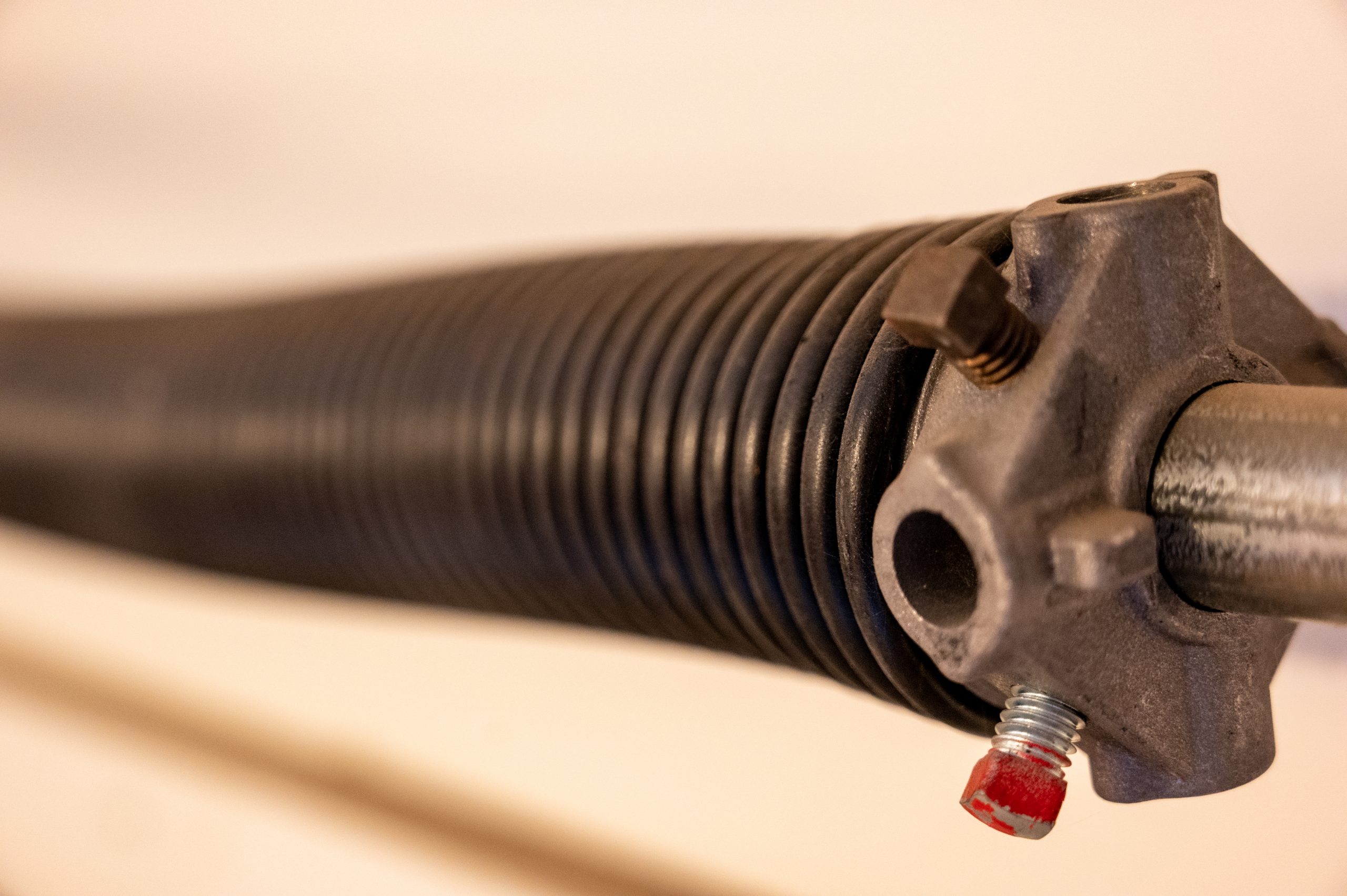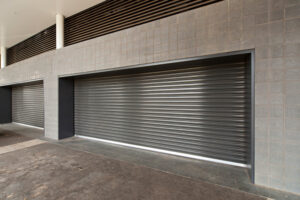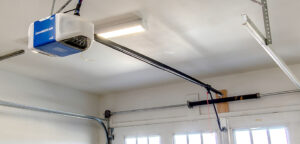The flawless operation of your garage door relies heavily on its springs. Garage door springs are essential components that support the weight of the door, making it easy to open and close.
However, they are prone to wear and strain, which finally leads to failure. Understanding the causes of garage door spring failure and how to prevent it is critical for each homeowner.
In this blog post, our expert at TOP LevelUp Garage Doors will look into the most prevalent causes of garage door spring failures. We’ll look at how age, weather, and poor care may wear out these springs over time. You’ll also learn practical ideas and best practices for extending the life of your garage door springs.
By the conclusion of this article, you’ll have the knowledge you need to keep your garage door springs in good shape, saving you time, money, and inconvenience in the long term. And if you want expert assistance, we provide the best garage door services in South Surrey.
The Anatomy of a Garage Door Spring: Understanding Its Role and Lifespan
To understand the causes of garage door spring failure and how to prevent it, it’s essential to first grasp the fundamental role and lifespan of these crucial components.
Garage door springs are the unsung heroes of your garage door system. They play a pivotal role in the smooth operation of the door. When you press the button to open or close your garage door, it’s the springs that do the heavy lifting, quite literally. They counterbalance the door’s weight, making it easy for you to manually lift or lower it and, in the case of automatic garage doors, for the motor to operate efficiently.
There are two primary types of garage door springs:
1. Torsion Springs: These springs are mounted horizontally above the door, usually near the wall of the garage. When the door is closed, torsion springs are twisted tightly. When you open the door, they unwind, releasing stored energy to help lift the door.
2. Extension Springs: Typically found on both sides of the door, extension springs stretch and contract to assist indoor movement. They extend when the door is closed and contract as the door is lifted.
Understanding the Lifespan of Garage Door Springs
Like all mechanical parts, garage door springs have a finite lifespan. The average lifespan of a garage door spring can vary depending on several factors, including:
- Usage: The more frequently you use your garage door, the shorter the lifespan of the springs.
- Quality: High-quality springs tend to last longer than cheaper, lower-quality alternatives.
- Maintenance: Regular maintenance, such as lubrication and inspections, can extend the life of your springs.
- Environmental Conditions: Extreme temperatures, humidity, and exposure to corrosive substances can all impact spring longevity.
On average, garage door springs can last between 5 and 10 years. However, it’s crucial to note that they can fail unexpectedly, posing safety risks and inconveniences.

Common Culprits: Top 5 Factors Leading to Garage Door Spring Failure
Understanding the common factors that contribute to garage door spring failure is essential for proactive maintenance and prevention. Here are the top five culprits:
1. Wear and Tear Over Time: Garage door springs are under constant tension, and with each use, they experience wear and tear. Over time, this stress weakens the springs, causing them to lose their elasticity and eventually snap. The average lifespan of springs varies, but they typically last between 5 to 10 years. Regular inspections can help you catch signs of wear early.
2. Lack of Maintenance: Neglecting routine maintenance is a leading cause of garage door spring failure. Without proper lubrication and inspection, springs can rust, accumulate debris, and deteriorate faster. Implementing a simple maintenance schedule, which includes regular checks and lubrication, can significantly extend the life of your springs.
3. Rust and Corrosion: Exposure to moisture and harsh environmental conditions can lead to rust and corrosion on the springs. Rust weakens the metal, making it prone to breaking. Protect your springs by keeping them clean, dry, and applying a rust-inhibiting lubricant.
4. Incorrect Spring Type or Size: Using the wrong type or size of springs for your garage door can spell trouble. If the springs are too weak to support the door’s weight or too strong, they can wear out prematurely. Consult with a professional to ensure you have the right springs installed for your specific door.
5. Extreme Temperature Fluctuations: Extreme temperatures can affect the performance of garage door springs. Cold weather can cause the metal to contract, making the springs more brittle, while extreme heat can cause them to lose their strength. Insulating your garage and providing temperature control can help mitigate these effects.
By understanding and addressing these common culprits, South Surrey homeowners can significantly reduce the risk of garage door spring failure and minimize the need for frequent garage door repair.
Proactive Measures: Expert Tips for Extending the Life of Your Garage Door Springs
To prevent the inconvenience and potential hazards associated with garage door spring failure, it’s essential to take proactive measures to extend their lifespan. Here are some expert tips to help you keep your garage door springs in optimal condition:
1. Regular Inspection: Schedule regular visual inspections of your garage door springs. Look for signs of wear, corrosion, or rust. If you notice any issues, address them promptly. If you’re unsure about what to look for or how to inspect the springs safely, consider hiring a professional technician for your South Surrey garage door spring repair needs.
2. Lubrication: Apply a high-quality garage door lubricant to the springs, hinges, and rollers. Lubrication reduces friction and wear, extending the life of your springs. Aim to lubricate these components at least twice a year or as recommended by the manufacturer.
3. Balance Testing: Periodically test the balance of your garage door. Disconnect the automatic opener (if you have one) and manually lift the door halfway. If it stays in place, your springs are properly balanced. If not, it’s a sign that the springs may need adjustment or replacement.
4. Professional Maintenance: Consider scheduling professional maintenance at least once a year. Experienced technicians can identify potential issues, perform adjustments, and replace springs if necessary. This proactive approach can save you money in the long run by preventing costly repairs.
5. Temperature Control: If your garage is exposed to extreme temperature fluctuations, consider insulating it. Insulation can help regulate the temperature in your garage, reducing the stress on your springs caused by temperature-induced contraction and expansion.
6. Choose Quality Springs: When it comes time to replace your garage door springs, opt for high-quality springs that are designed to withstand the demands of daily use. Investing in quality components can pay off in terms of longevity and reliability.
7. Avoid DIY Repairs: Garage door spring replacement or repair is a hazardous task that should be left to professionals. Attempting DIY repairs can lead to serious injuries or further damage to your garage door system. Always seek the expertise of trained technicians for any spring-related work.
By following these proactive measures and expert tips specific to South Surrey’s climate, you can significantly extend the life of your garage door springs, ensuring your garage door operates smoothly and safely for years to come.
Don’t wait until you face a spring failure—take action now to maintain your garage door system’s integrity and minimize the need for South Surrey garage door spring repair. And in case of emergencies, remember that reliable 24/7 garage door repair services are just a call away.
Conclusion
In this comprehensive guide, we’ve explored the vital role of garage door springs, the common culprits behind their failure, and expert tips to extend their lifespan. Understanding the anatomy of these essential components, including torsion and extension springs, is the first step in safeguarding your garage door’s functionality and safety.
Regular maintenance is the key to preventing garage door spring failure. By conducting routine inspections, lubricating components, and performing balance tests, you can catch issues early and address them before they become major problems. Investing in professional maintenance and quality springs will also go a long way toward ensuring the longevity of your garage door system.
Frequently Asked Questions
Question: How often should I lubricate my garage door springs?
Answer: Lubrication should be done at least twice a year, but it’s a good idea to consult your garage door manufacturer’s recommendations. Use a silicone-based lubricant designed for garage doors.
Question: What’s the average lifespan of garage door springs?
Answer: Garage door springs typically last between 5 and 10 years, but this can vary depending on factors like usage, quality, and maintenance.
Question: Are there any warning signs of failing garage door springs?
Answer: Yes, some common signs include a door that opens or closes unevenly, produces loud noises, or appears to be heavier to lift. If you notice any of these signs, it’s essential to have your springs inspected promptly.





